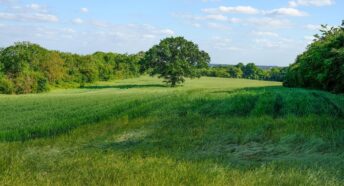Countryside next door: State of the Green Belt 2021
Green Belt is the countryside next door for 30 million people living in our largest towns and cities. One of the primary roles of the Green Belt is to maintain the openness of the countryside, and it encourages housing to be placed near to where we work and the amenities we need.
This report from CPRE, the countryside charity, highlights the threat that is currently being faced, and will be faced, by the Green Belt as a result of unsuitable housing developments.
There are currently 257,944 homes proposed for greenfield land removed from the Green Belt in advanced local plans, which remains a high level of threat in comparison to our previous reports. We are likely to see this number increase in the future, as the government’s proposed method for calculating housing need will put extreme pressure on Green Belt. For example, in London there will be a need to find space for an excess of 177,907 homes beyond what current London brownfield land can accommodate, resulting in pressure on the Green Belt.
Developments in the Green Belt are land-hungry, and are not providing the affordable homes we need to face the housing crisis; the majority of developments are on land which was previously greenfield. Of the developments on Green Belt land between 2015/16 and 2019/20, only 10% of these are considered affordable by the government. Furthermore, they are being built at a density of 14 houses per hectare, which is far below that of developments outside the Green Belt. Of the Green Belt land developed, 74% of this was previously greenfield land, an increase of 8% since the previous report.








